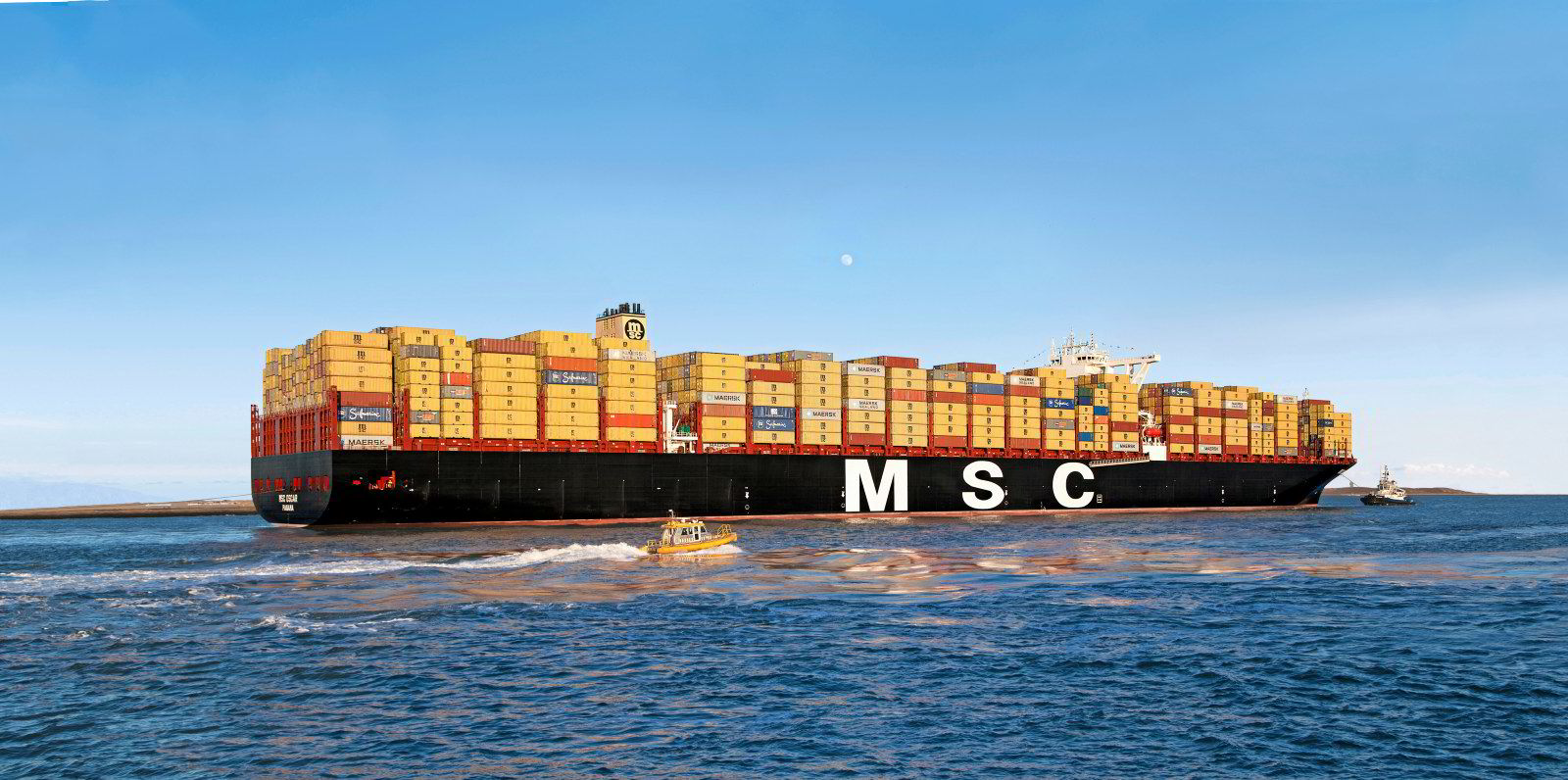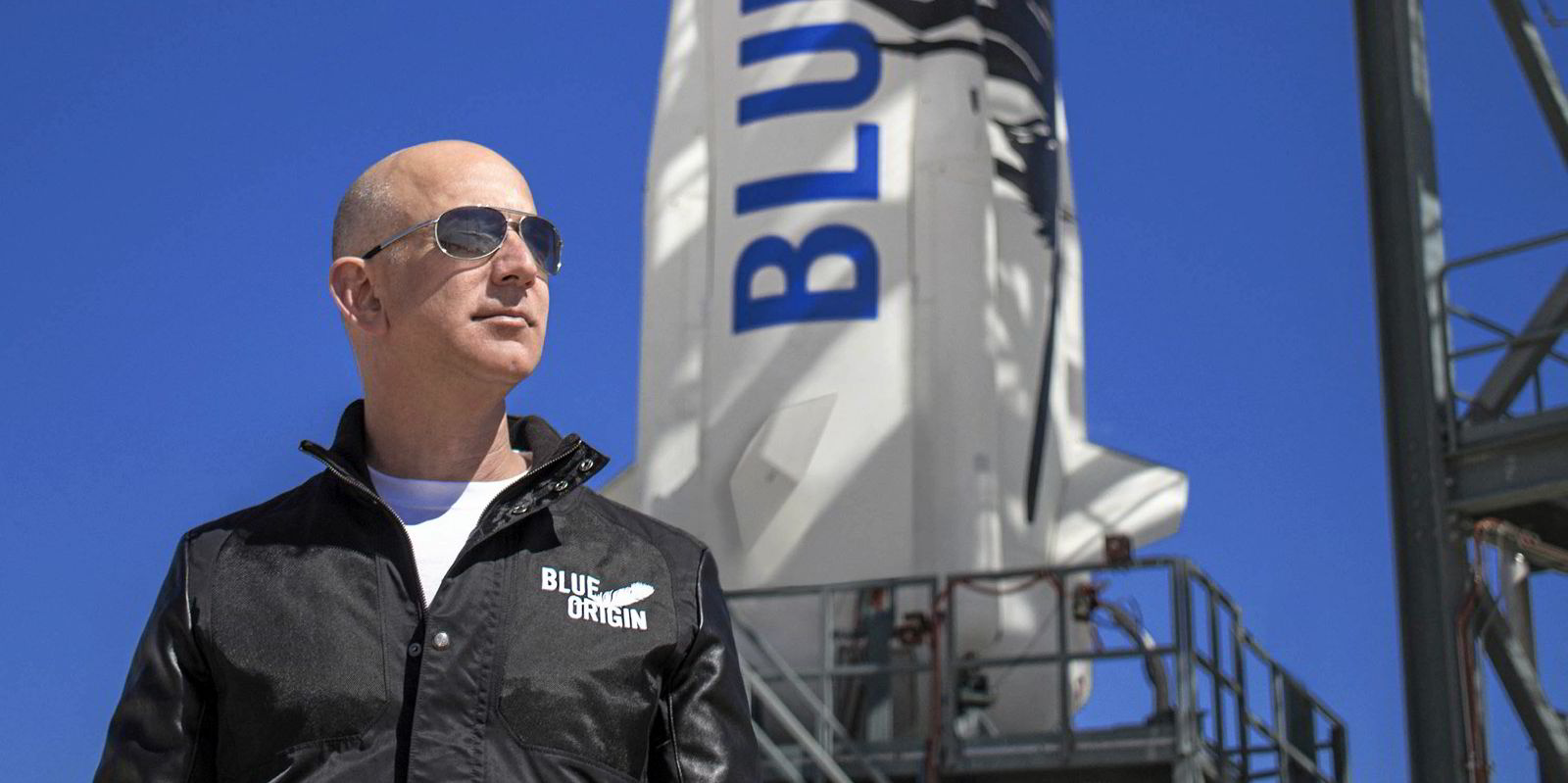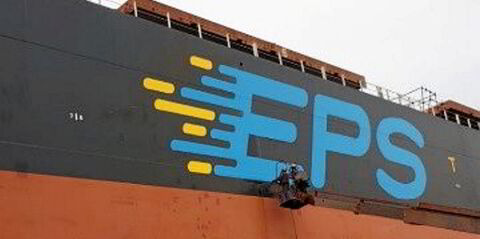A promise by the world’s leading shippers to only use zero-carbon shipping by 2040 will heap more pressure on shipowners to leapfrog straight to zero-emission fuels in their next newbuilding investment.
The move signed by Amazon, Ikea, Unilever and six other major global shippers includes eliminating heavy fuel oil and LNG in the transportation of their goods.
The signatories to the pledge, made under Aspen Institute's Cargo Owners for Zero Emission Vessels' group, are already canvassing other leading shippers and producers to join them.
That could mean not only the liner sector but other shipping sectors will be faced with the same ultimatum from their customers.
It is by far the clearest commitment yet made to zero-emission shipping by leading cargo owners.
But does it really change the investment landscape for shipowners over the coming years, and should they be panicked into dropping LNG as a clean-fuel option?
Investment choice
LNG has become the main investment choice of shipowners who want to demonstrate a commitment to reducing carbon shipping.
LNG-fuelled ships represent around 6% of the current world orderbook. There have been major investments in LNG-fuelled transportation by liner giants such as CMA CGM, Mediterranean Shipping Co and others.
There have been extensive newbuilding projects in the car carrier sector and, most recently, Japan's NYK Line, Mitsui OSK Lines and K Line have contracted LNG-fuelled newcastlemax bulkers.
As things stand, in terms of fuel availability, LNG and LPG are still the only realistic alternatives open to shipowners to reduce carbon emissions.
So, newbuilding negotiations continue for LNG-fuelled bulkers, containerships and even MR tankers.
It would be commercial suicide to fully commit to a zero-carbon-fuel newbuilding today when fuel supply could not be guaranteed, and the costs are unknown.
The confusion around what fuel to specify is clear in a major containership newbuilding tender from Ocean Network Express. The company is asking yards to bid for conventional-fuel and dual-fuel ammonia and LNG options.
In its recently published Maritime Forecast, classification society DNV suggested that the way forward for owners is to keep their options open when contracting a newbuilding.
The performance of LNG as a marine fuel is improving. Technology is being developed to reduce methane slip, one of the main disadvantages of LNG as a marine fuel, while so-called advanced drop-in fuels are being developed to reduce its carbon emissions performance further.
DNV argues shipowners can still continue to invest in LNG dual-fuelled vessels in a way that will allow them to switch to zero-emission fuels in the future.
Ships ordered today can be built with technical configurations to convert from a dual-fuel LNG option to a range of alternative fuels, including ammonia and hydrogen, at a time when it becomes clearer what fuels will be available and commercially viable.
DNV identified seven possible future fuel alternatives that could be built into an LNG dual-fuelled newcastlemax contracted today.
Beyond LNG
But even before the shippers made their commitment, investment in zero-emission ships was already on the agenda of most leading shipping companies.
A majority of classification societies agree that zero-emission ships will have to start entering into service by 2030, if the industry is to have any hope of meeting the International Maritime Organization’s decarbonisation targets.
AP Moller-Maersk’s decision to opt for carbon-neutral methanol is an indication that liner companies are already starting to look beyond LNG.
DNV said in its Maritime Forecast that it expects investment in carbon-neutral fuel vessels to start to pick up by the late 2030s and mid 2040s to make up between 60% and 100% of the shipping fuel mix by 2050.
There is also a strong suggestion that the IMO will agree to adjust its carbon emission reduction targets and aim at zero-carbon emissions by 2050 and accelerate the process. So the commitment by the shippers is not too far ahead of the current industry's own pathway to decarbonisation.






